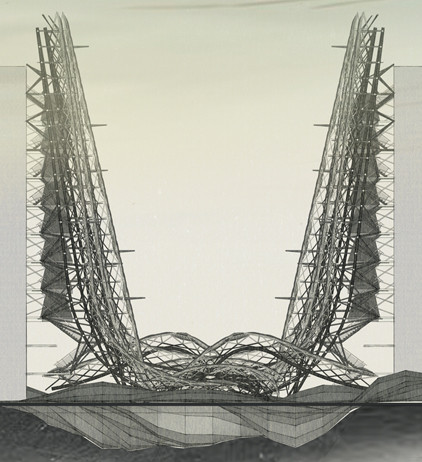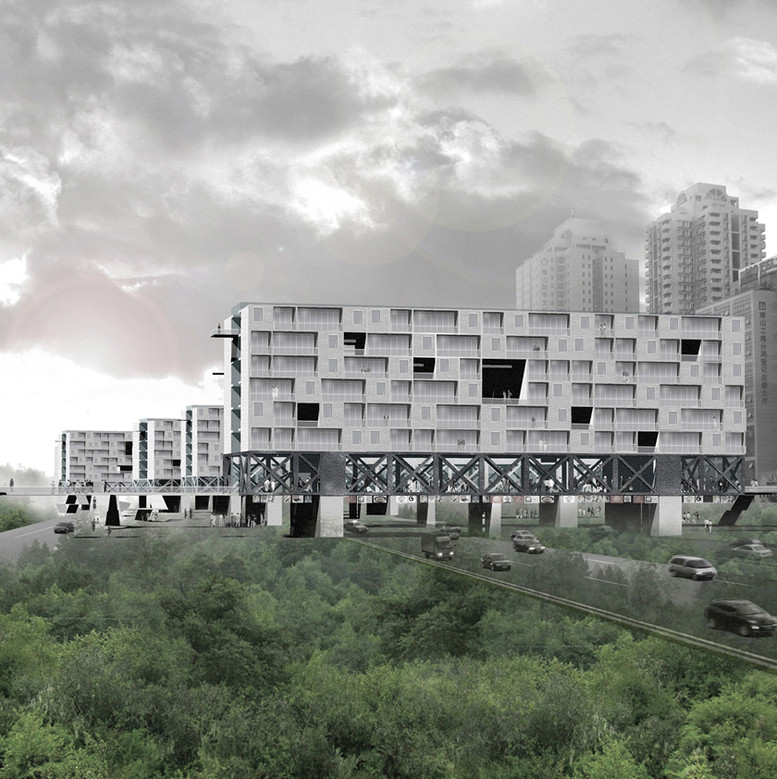![AD Architecture School Guide: Brussels Faculty of Engineering [Bruface] - Image 3 of 4](https://images.adsttc.com/media/images/52e1/7443/e8e4/4e08/1d00/001a/large_jpg/bruface2.jpg?1390507071)
The United States has an architecture school in almost every major university in each of its 50 states. And while it’s true that the choices seem endless, it is also true that there are certain values and approaches that dominate. Ecological architecture, for example, is often not passive, but is technology-laden, which means a large production footprint for materials like PV panels, special types of glass, or other cladding solutions. This is just one example of how industry and pedagogy shape one another and in turn influence the perception of “legitimate” architecture. Teaching architectural history offers another example in which what comprises “relevant” history is all-too-often limited to Euro-American examples. Everything in Asia beyond twenty years ago, whether it is Southeast, South, or East, is usually ignored because - although the names of historical architects may well be known in their own countries, they are not easily translatable for the average English-language author of architecture survey books.
The truth is that even in architecture schools in European nations, approaches and emphases on pedagogical content and styles vary widely. For example, schools in northern Europe have very different views on what is important and how to teach it than schools in western Europe. One school with a very defined point of view is the Brussels Faculty of Engineering, or Bruface, created by Vrije Universiteit Brussel in cooperation with the Universite Libre de Bruxelles. There, students can receive a Master of Science in Architectural Engineering; they are trained not just in design, but in engineering, emphasizing a more structural, practical approach.

















